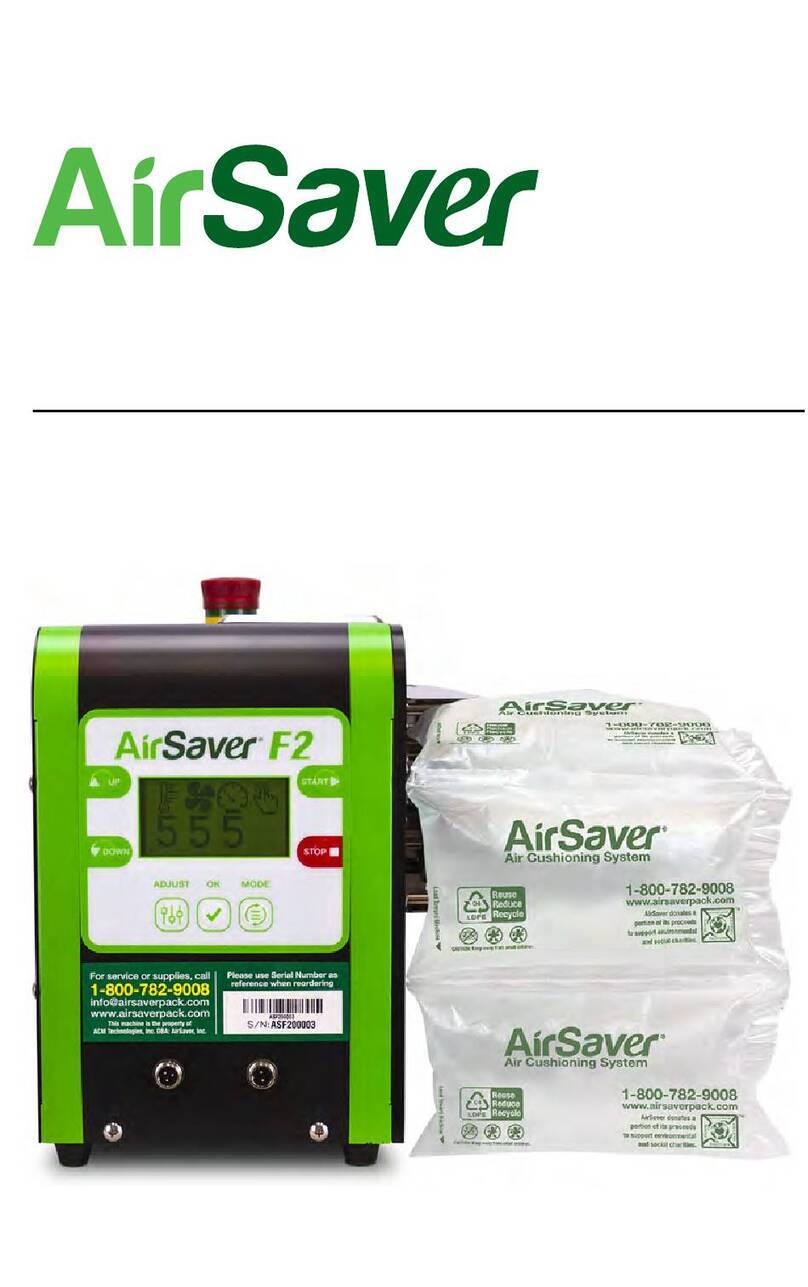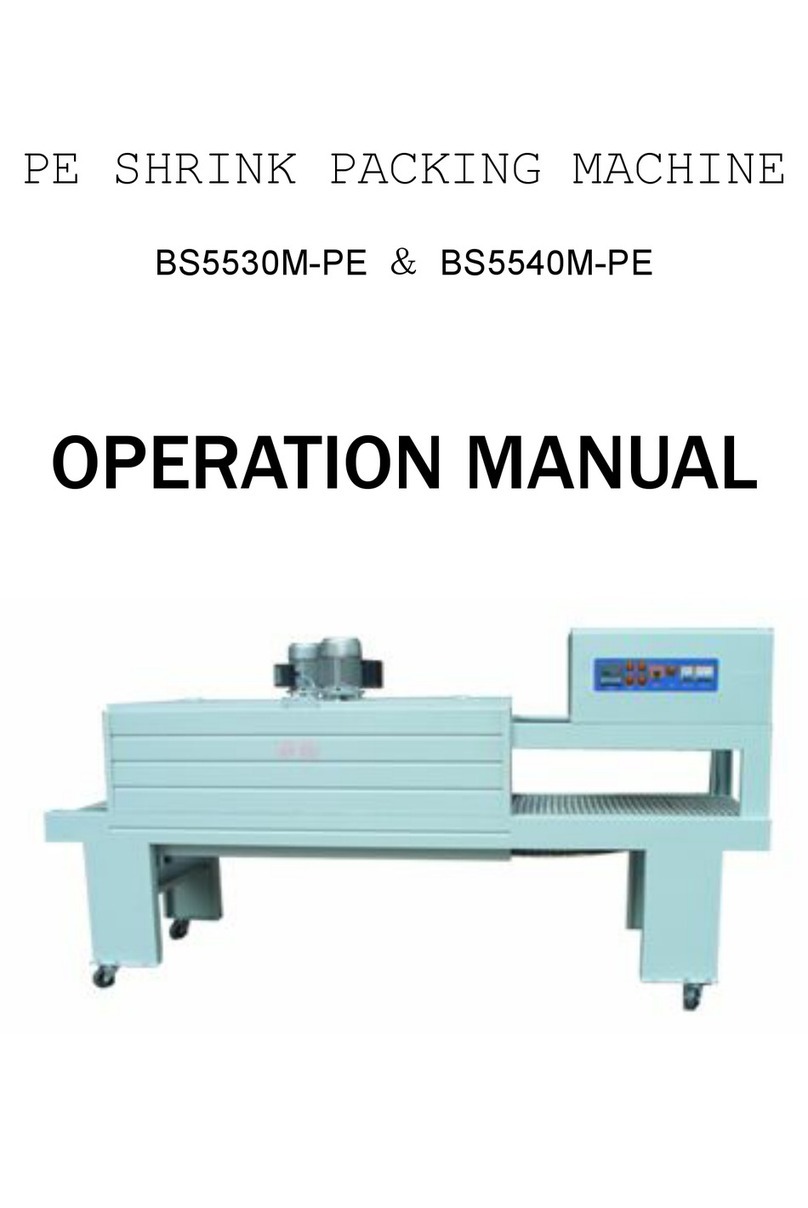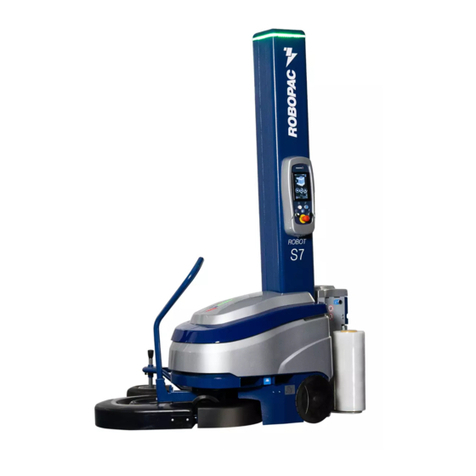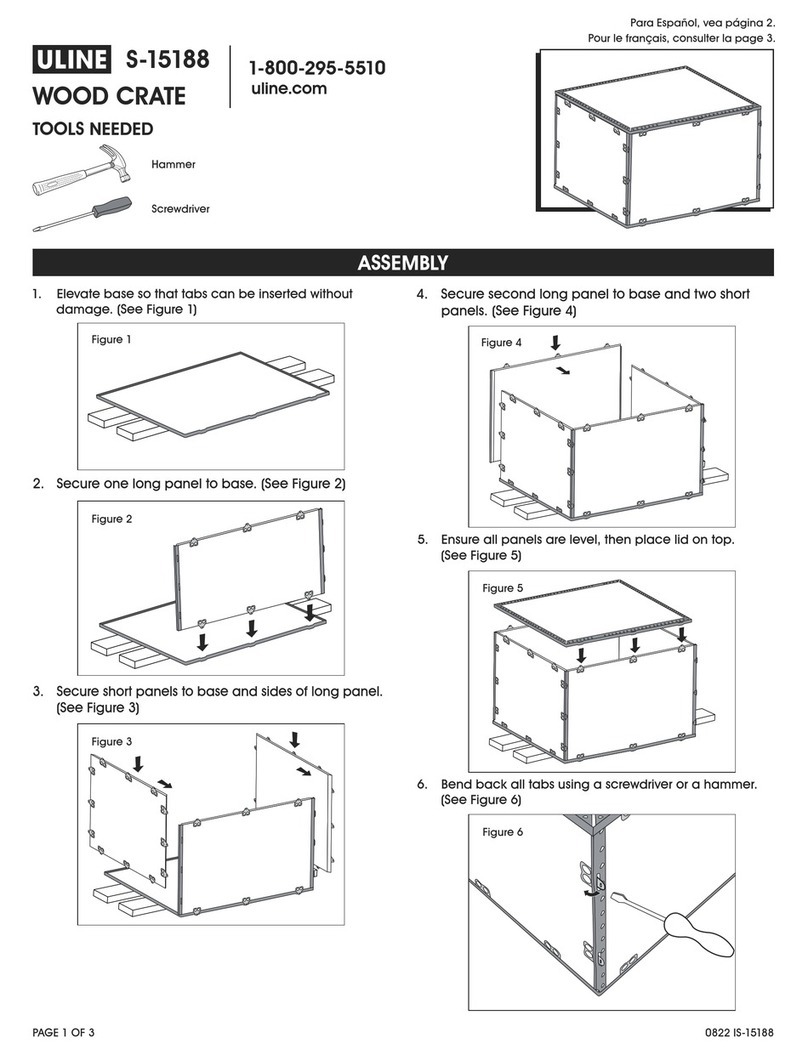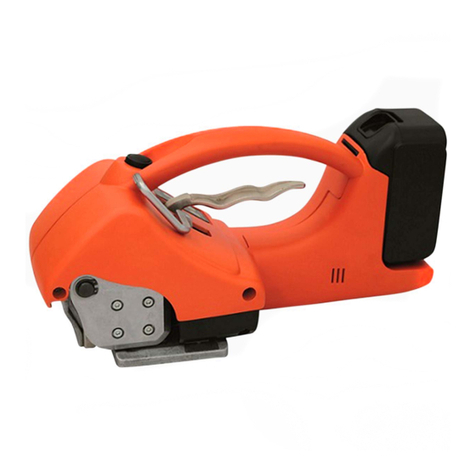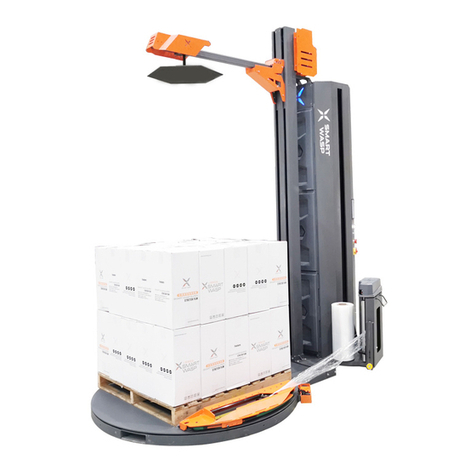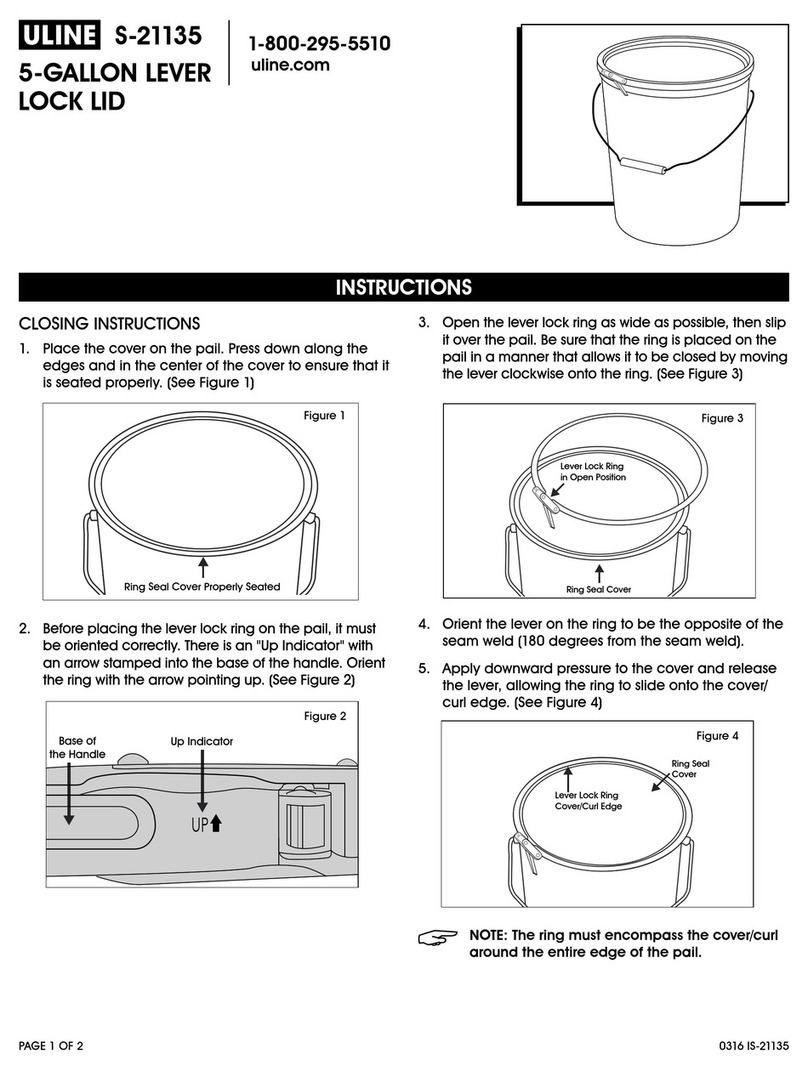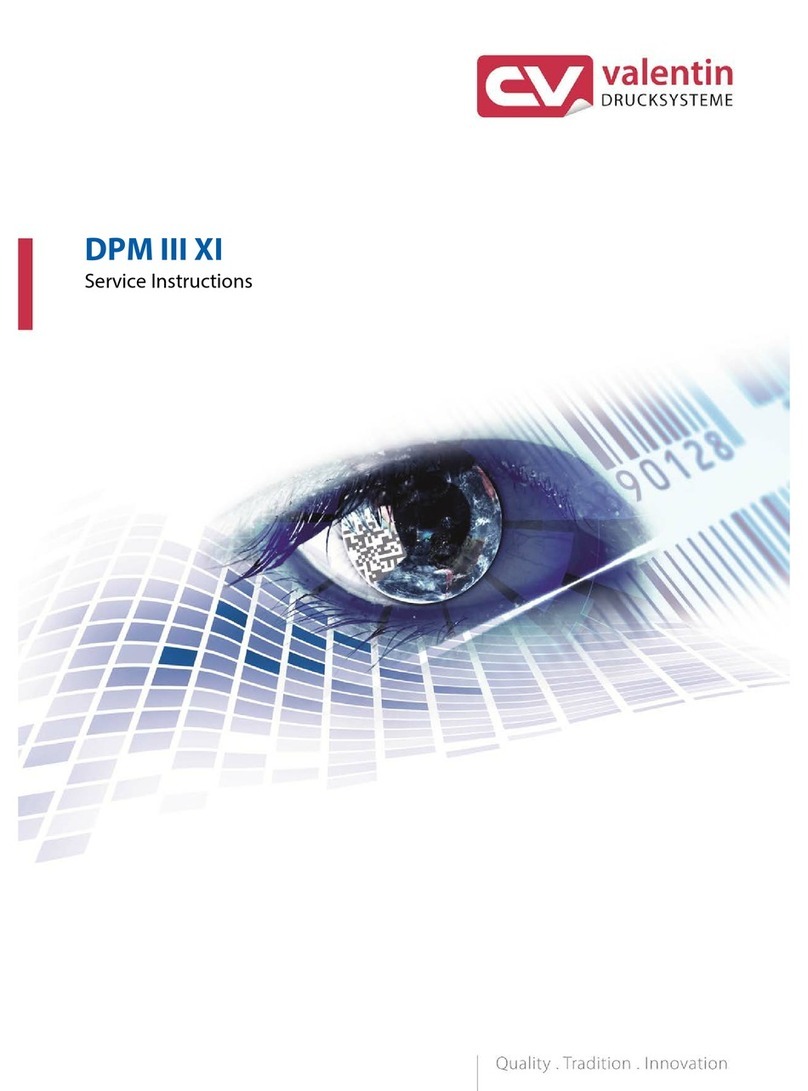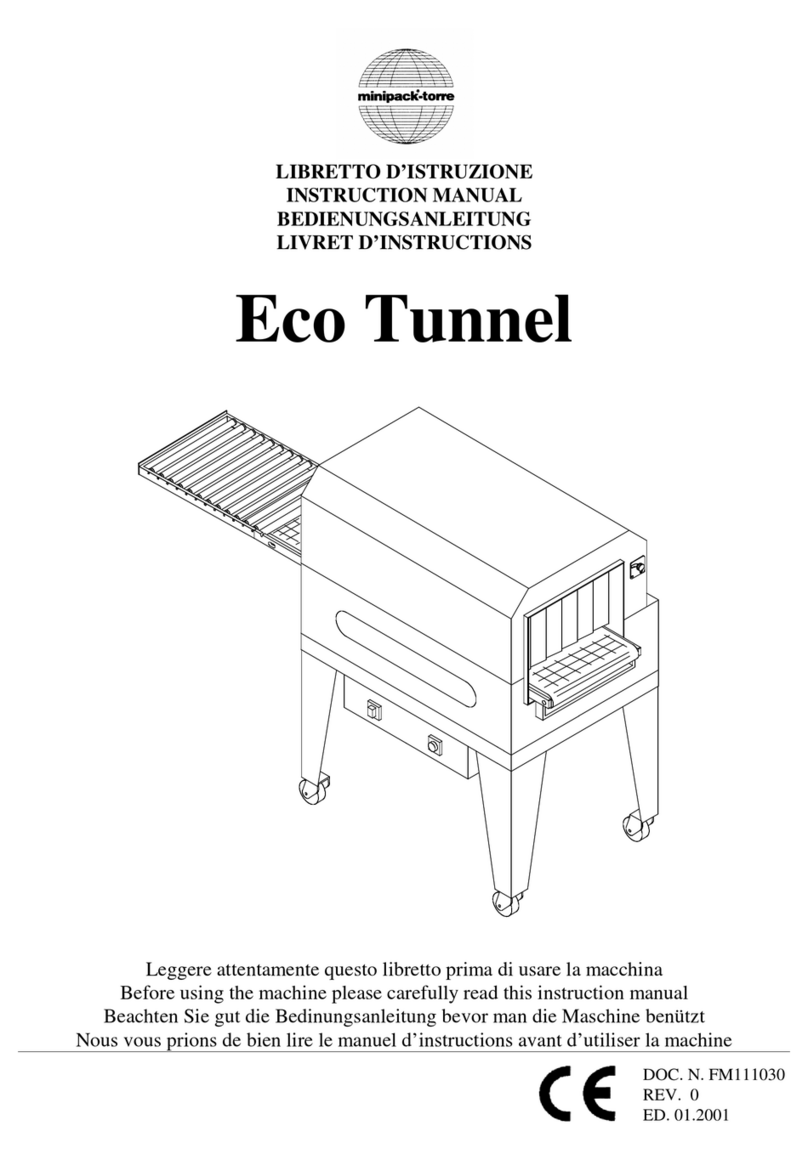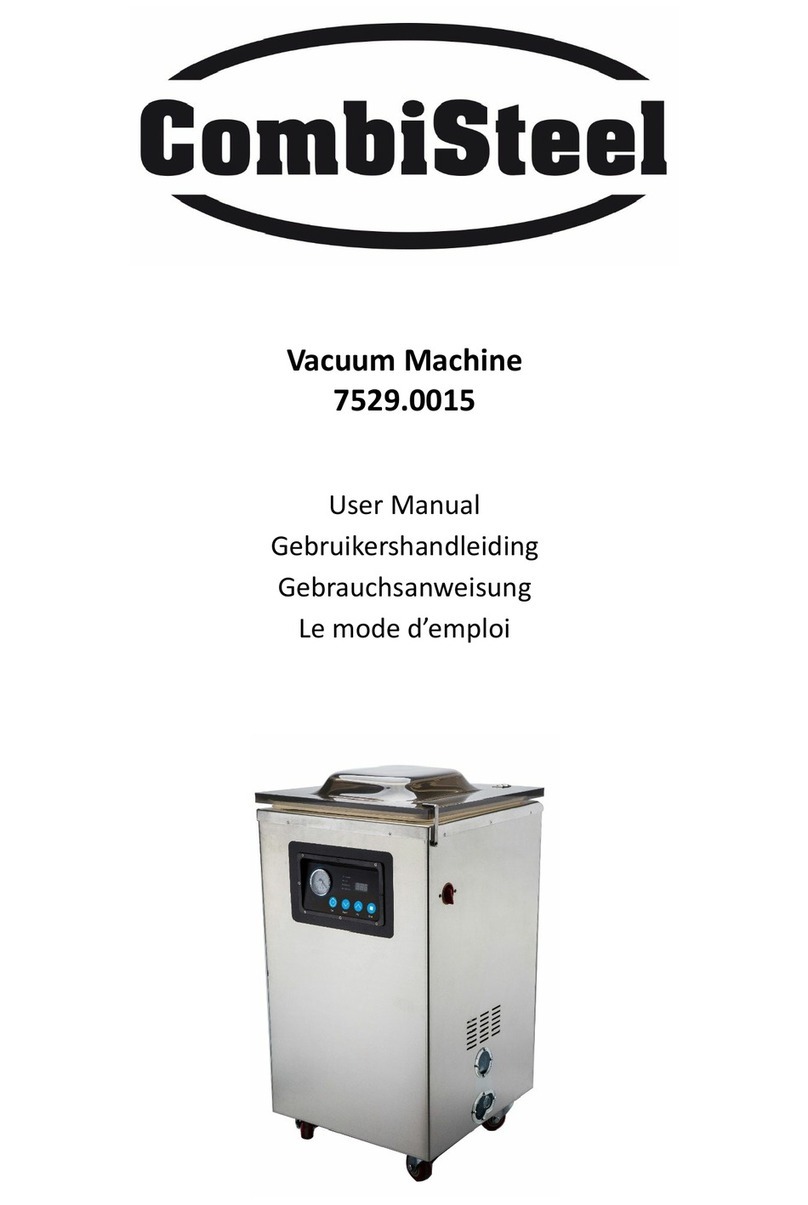
0 FOREWORD.............................................................................................................................. 4
0.1 How to read and use the instruction manual........................................................................... 4
0.1.1 Importance of the manual..................................................................................................... 4
0.1.2 Safe keeping the manual...................................................................................................... 4
0.1.3 Consulting the manual.......................................................................................................... 4
0.1.4 Copyright.............................................................................................................................. 4
0.1.5 Information on the images and contents.............................................................................. 5
0.1.6 Update of the instruction manual......................................................................................... 5
0.1.7 Symbols - Meaning and use................................................................................................ 5
0.2 Who the manual is for............................................................................................................. 6
1 SAFETY AND ACCIDENT PREVENTION................................................................................. 7
1.1 General safety warnings......................................................................................................... 7
1.2 Safety signs............................................................................................................................ 9
1.2.1 Warnings on residual risks..................................................................................................10
1.3 Safety devices....................................................................................................................... 11
1.4 Technical assistance............................................................................................................. 12
2 MACHINE DESCRIPTION....................................................................................................... 13
2.1 Manufacturer and machine identification data...................................................................... 13
2.2 General description............................................................................................................... 14
2.3 Intended use - Proper use - Purpose.................................................................................... 16
2.4 Unintended and unauthorised use - Foreseeable and unforeseeable improper use............ 17
2.5 Technical data and noise...................................................................................................... 17
2.6 Work and control stations..................................................................................................... 19
2.7 Roll-Holder carriages............................................................................................................ 20
3 TRANSPORT, HANDLING, STORAGE................................................................................... 21
3.1 Packing and unpacking......................................................................................................... 21
3.2 Transporting and handling the packed machine................................................................... 22
3.3 Transporting and handling the unpacked machine............................................................... 23
3.4 Storage of packed and unpacked machine........................................................................... 24
4 INSTALLATION....................................................................................................................... 24
4.1 Permitted ambient conditions................................................................................................ 24
4.2 Use and maintenance clearances......................................................................................... 25
4.3 Positioning the machine........................................................................................................ 25
4.3.1 Standard machine.............................................................................................................. 25
4.3.2 Machine recessed into the floor......................................................................................... 30
4.4 Electrical connection.............................................................................................................. 31
CONTENTS
2
Packaging Equipment
